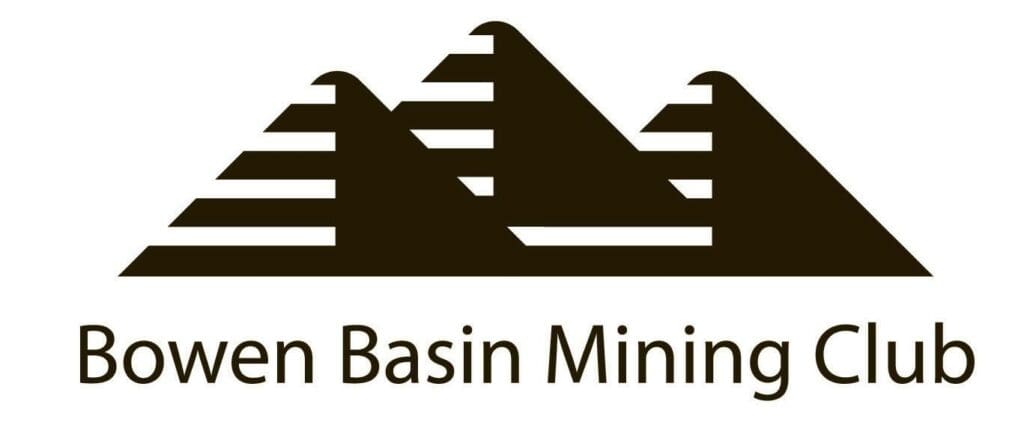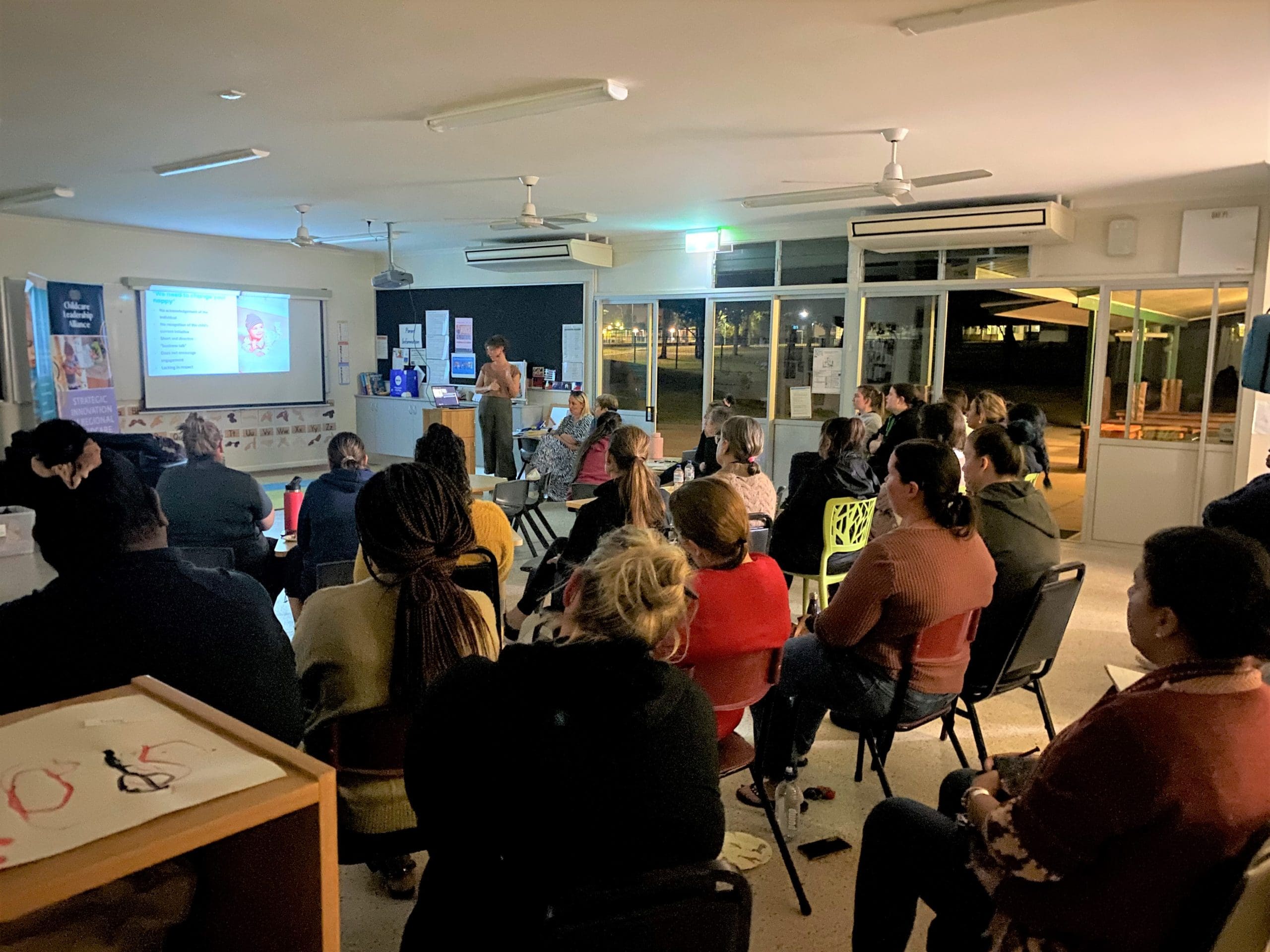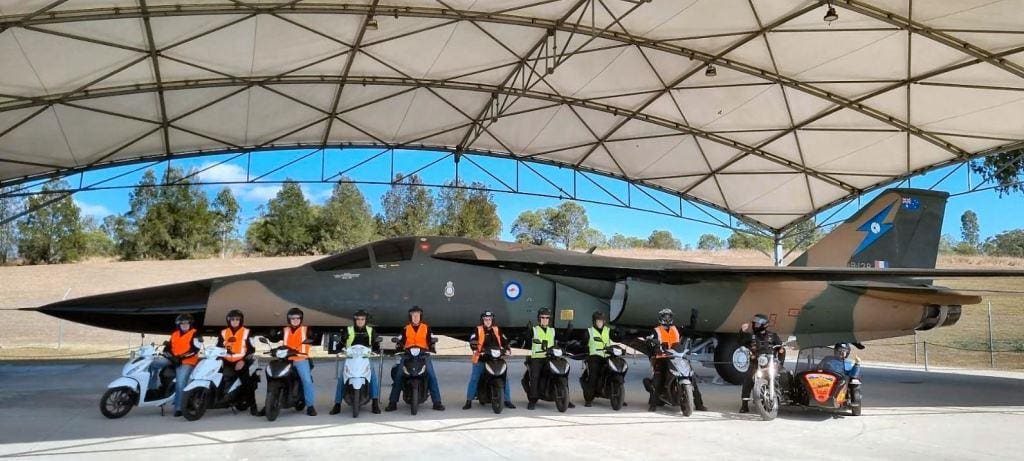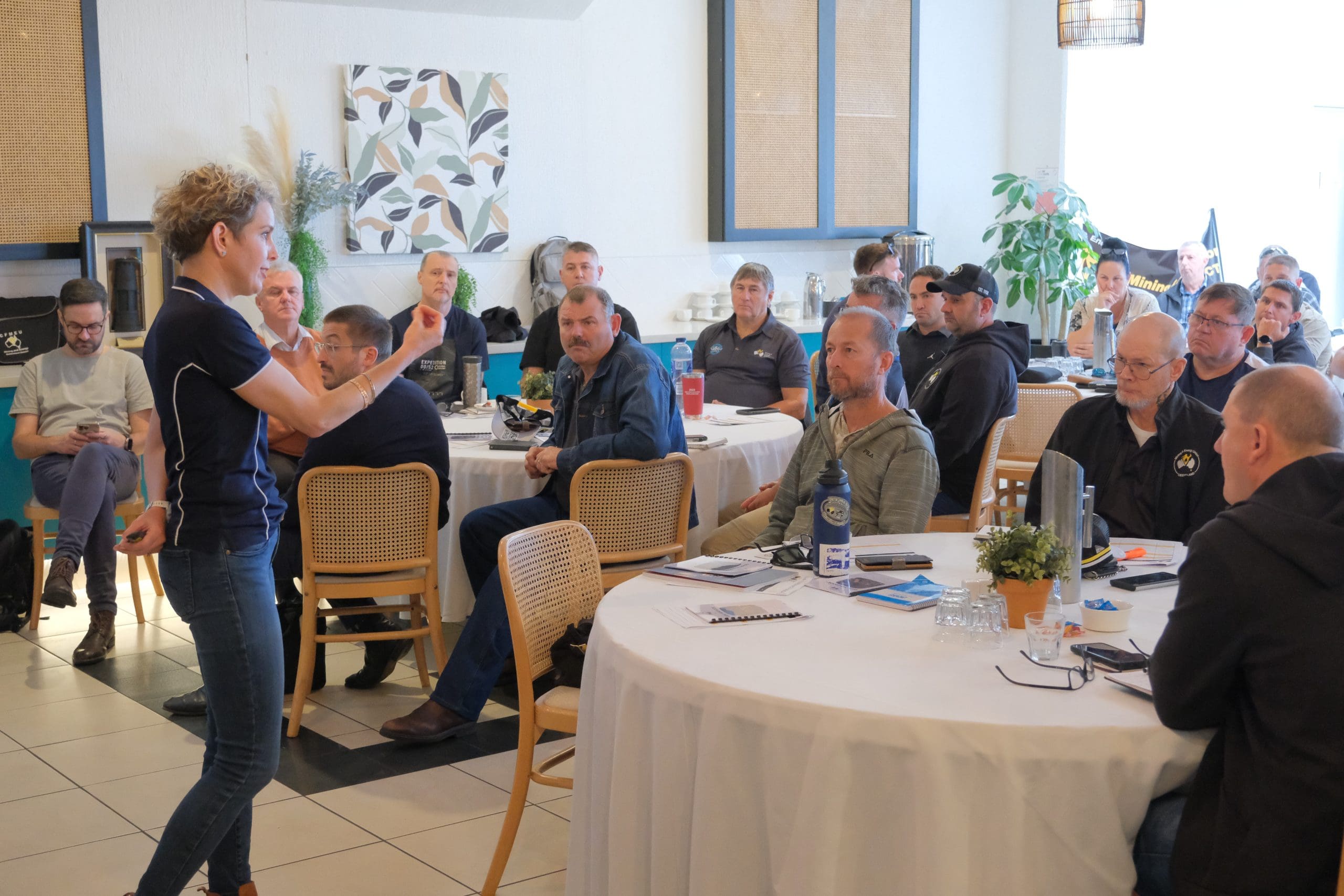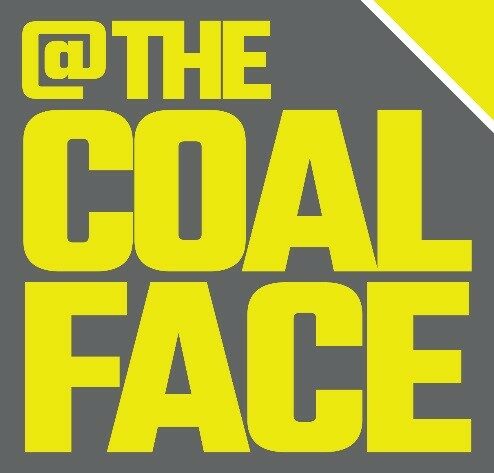According to the CSIRO’s calculations, Australia contributed just over 1% to global carbon emissions. The stationary energy sector includes the generation of electricity used by manufacturing, mining, residential and commercial fuel use. In 2020 the sector contributed 20.4% of that 1% – or 0.2% of global emissions.
Unless we keep that less-than-significant contribution at front of mind, it is easy to fall down the rabbit hole of rhetoric about the overwhelming ‘injuries’ coal mining is inflicting on the world, instead of remaining with one’s feet firmly grounded on solid facts.
The latest example of this is the recent legislative changes to the Safeguard Mechanism, one of the three legs of Australia’s federal policy framework to manage national carbon emissions, which has been getting a significant amount of airplay recently.
Understanding the state of play means understanding both sides of the equation. On one hand, major producers and export earners are doing their best to produce and sell as much coal as possible while the global price premiums are at a high. Coal prices are historically cyclical, so naturally they’re trying to make hay while the sun shines. Queensland businesses, many of whom are in the minerals value chain, make up 62 of the 215 ‘high polluters’.
On the other hand, the government also needs to be seen to keep its election promises – one of which was overhauling the Safeguard Mechanism legislation, long seen by greens and teals as a ‘toothless tiger’ with little in the way of bottom-line consequences. This has happened, with legislation passes and changes taking effect from 1 July 2023.
The legislative changes do add a measure of certainty for forward planning, but are highly complex and mostly punitive in nature – a ‘hard cap’ on pollution, forced lowering of safeguard emissions year on year after 30 June 2024, changes to the operation of the Safeguard Mechanism credits framework, and targeting individual facilities if their covered emissions are not reducing.
There’s no doubt there will be some reduction in overall emissions, but with what direct and indirect impacts?
The Minerals Council of Australia and the Queensland Resources Council have been vocal in their opposition to the legislation, warning that it places another unfair burden on the mining industry and could lead to job losses and reduced economic growth. They have called for greater flexibility in the legislation and greater support for the industry in transitioning to a low-emissions future. The Association of Mining and Exploration Companies (AMEC) has also expressed concern about the impact of the legislation on the mining industry, particularly on smaller mining companies that may need more resources to comply with the regulations.
I can think of two small examples of immediate impacts – Whitehaven announced recently their new Vickery Mine operation will now proceed at only 13% of approved capacity, partially to stay below Safeguard ‘high polluter’ levels. Secondly, the share markets reflected investors leaving the coal and gas businesses when the Safeguard deal was announced, viewing the deal as ‘a loss for coal and gas companies’. The immediate reaction was a decline of 2.23% in one day for the ASX200 Energy Index.
Keeping the narrative positive is an important part of staying firmly on ground level. There are plenty of good news stories about the buzz of active projects towards decarbonisation, coal abatement and energy transition throughout the sector, which all go towards meeting net emissions reductions. Here’s just three examples:
- Investing in renewable energy sources: Rio Tinto and BHP have invested in renewable energy sources to replace fossil fuels. Rio Tinto has committed to sourcing 100% renewable energy for its operations by 2025, and BHP has set a target to supply 50% of its electricity needs from renewable sources by 2025.
- Improving energy efficiency: Many businesses have implemented energy management systems and low-emissions technologies like autonomous haulage systems and other technologies, and have their net zero targets and plans underway.
- Introducing hydrogen technologies: Anglo American’s prototype hydrogen-powered haul truck was introduced last year, while there are several projects underway to use hydrogen fuel cells for mining equipment.
Time will tell how the changes to the Safeguard Mechanism will affect the millions of Australians who live and work around the minerals sector, while current and future governments tread the line between opposing constituents. And, of course, how it will reduce Australia’s 1% contribution to the world’s GHG emissions. In the meantime, as they say – keep calm and carry on mining.
Jodie Currie
Director, Bowen Basin Mining Club
